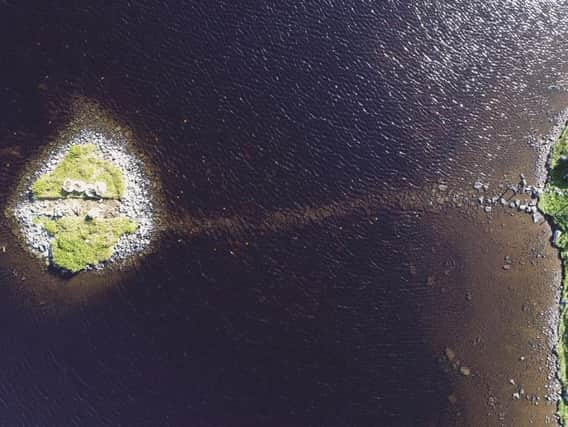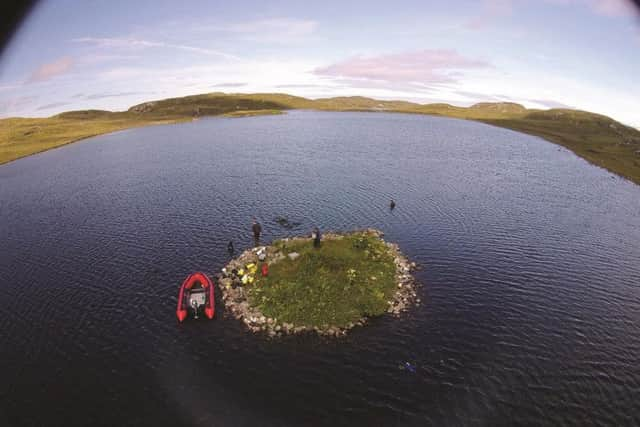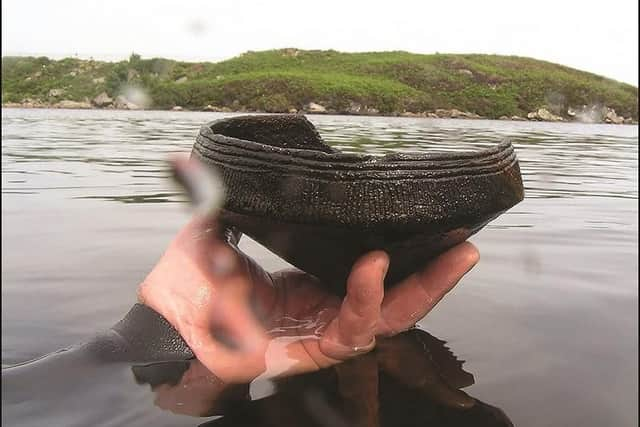Mysterious man-made islands on Scotland's lochs thousands of years older than first thought


A study of four crannogs - a type of artificial island built using boulders or timber - on the Isle of Lewis found the structures were used some 5,700 years ago during the Neolothic period.
Previously, it was thought crannogs dated to the Iron Age, around 3,000 years later.
Advertisement
Hide AdAdvertisement
Hide AdThe significant shift in the timeline was made after former Royal Navy diver Chris Murray, of the Isle of Lewis, explored the loch bed around one of the crannog sites.


Similar discoveries were then made at five more crannog sites across Lewis with it believed the crannogs may have been used as a place of ritual or monument.
Archaeologists Duncan Garrow, of Reading University and Fraser Sturt, of Southampton University, used a combination of ground and underwater survey, photogrammetry, and excavation to investigate the sites.


The sites have been dated to between 3640BC to 3360BC.
"These crannogs therefore represent a monumental effort thousands of years ago, through the piling up of boulders on the loch bed, and in the case of Loch Bhorgastail, the building of a stone causeway," the article said.,
It added: "Until further investigations are conducted, we cannot say for certain, but it is definitely possible that more Neolithic crannogs exist. They represent a new type of site for the British Neolithic, with new deposition practices, and the possibilities for future work are exciting to anticipate."
Substantial quantities of Neolithic ceramic vessels were recovered from the lochs on Lewis. Their large size suggested that ‘at least some, and possibly all, of the vessels were complete when they entered the water’.
"There was a systematic and possibly ritualised deposition from the islets," the report said.
"The sites on Lewis were certainly monumental, in terms of the work it took to construct them and their location, with their watery surroundings creating separation from everyday life," it added.
Last year, it was discovered that people were living on Loch Tay in Perthshire sometime between 370BC and 355BC following a study of the sunken remains of a wooden crannog.
